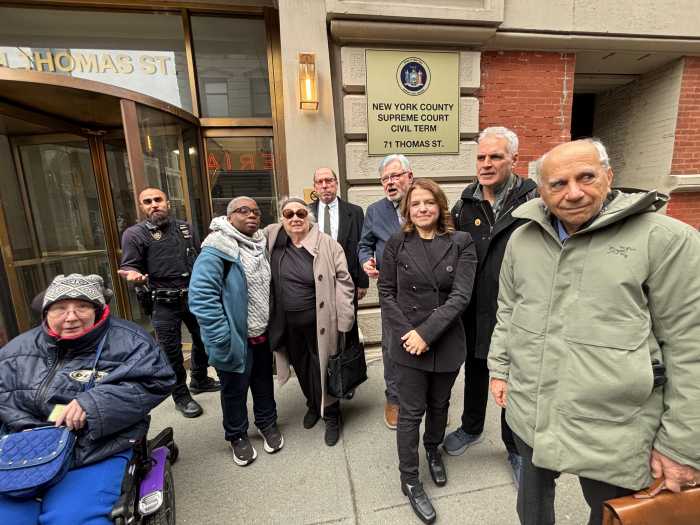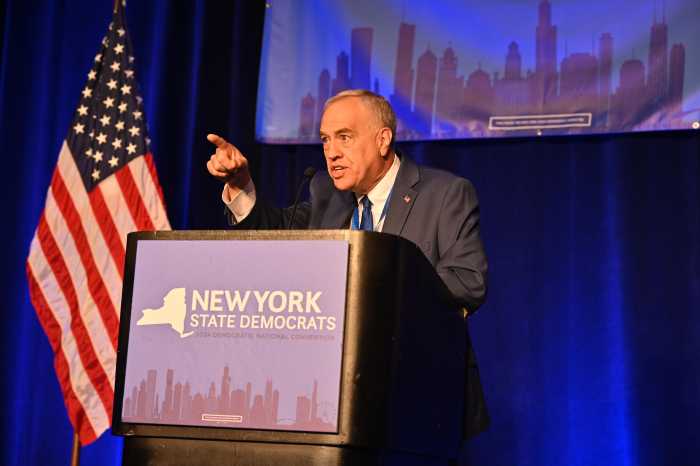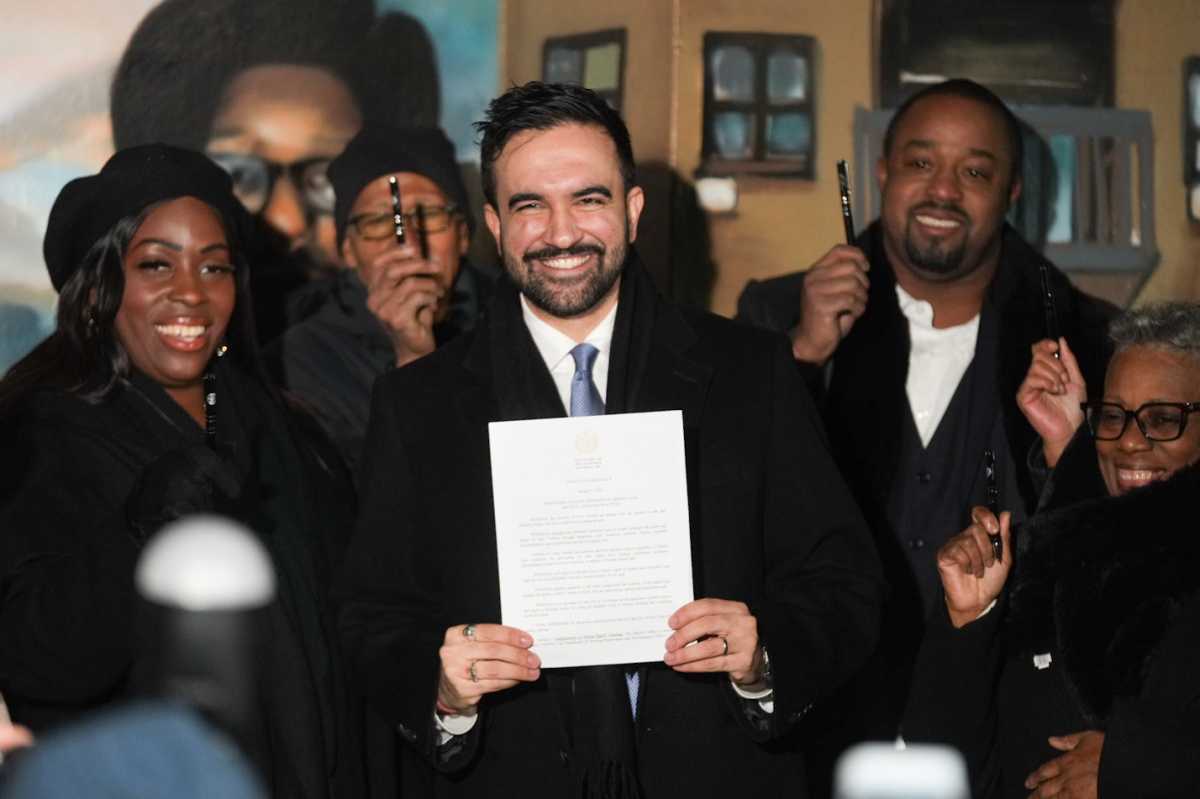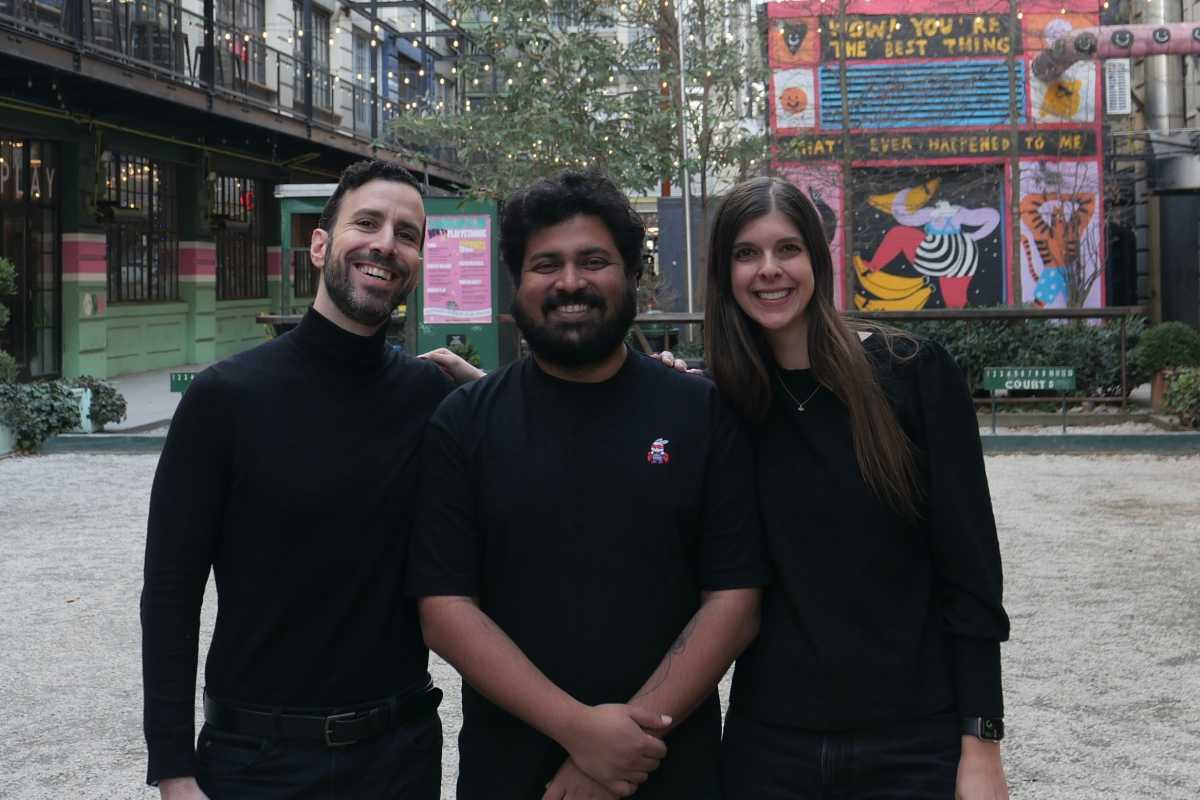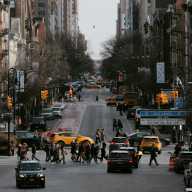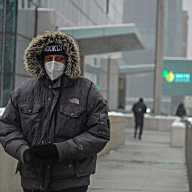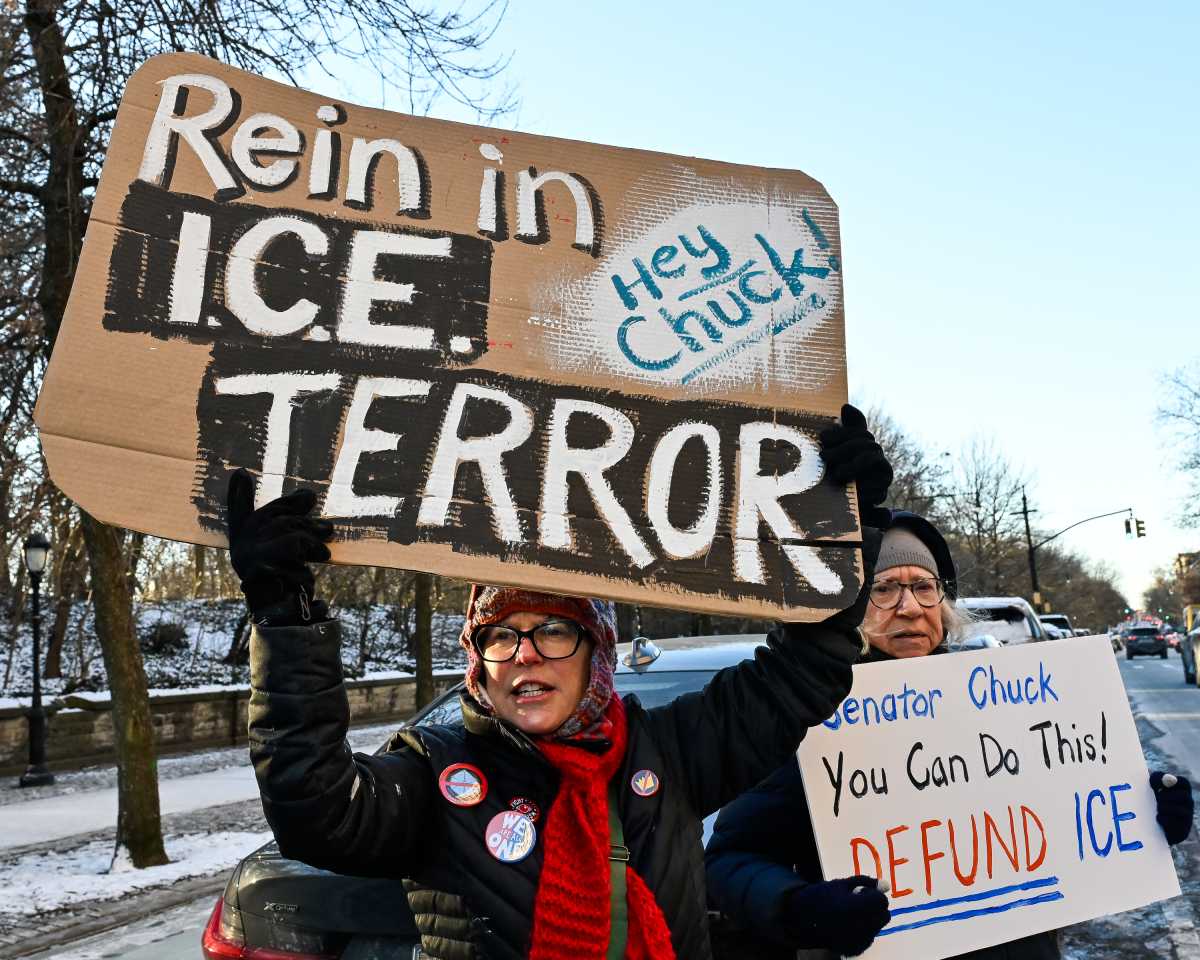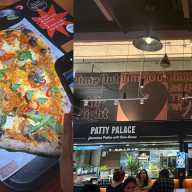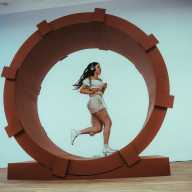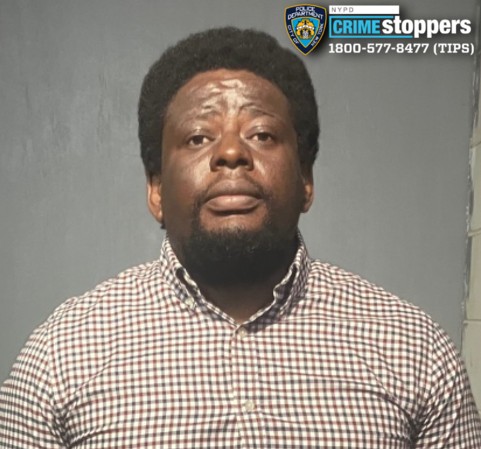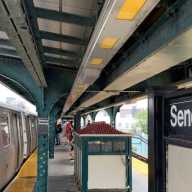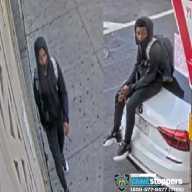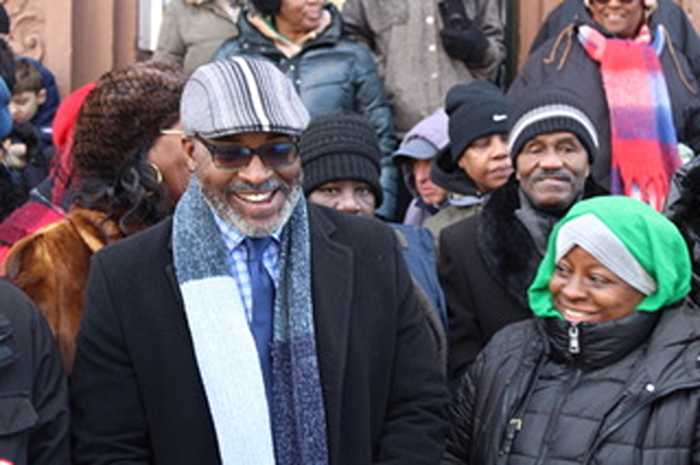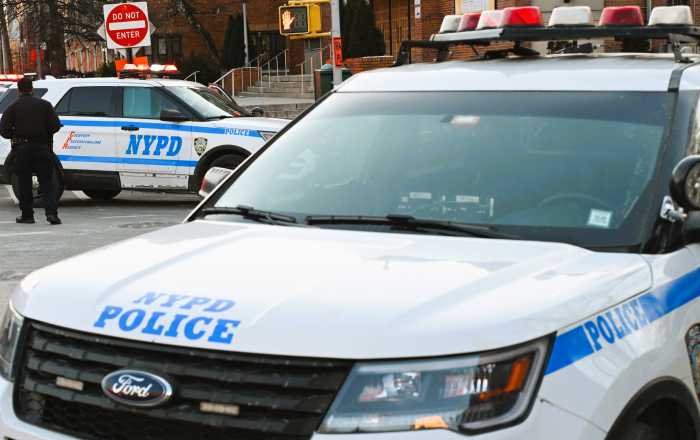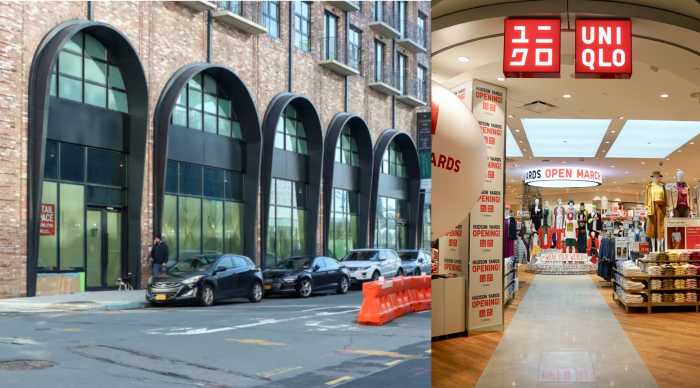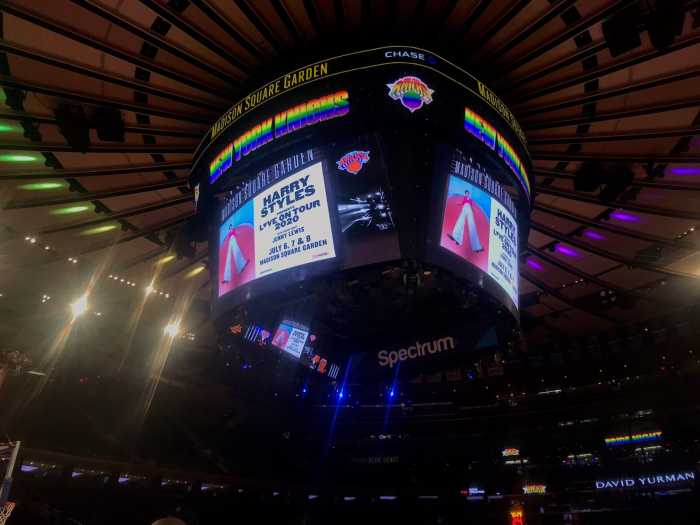In-house saunas and health spas are so yesterday: Today’s anxious one percenters install Kevlar-and-steel fortified “safe rooms” to protect them from dirty bombs, terrorist attacks, and civil unrest and rioting should the economy collapse or a revolution occur, according to local experts.
At least 1% of the townhouses in Manhattan have a safe room, but their popularity has accelerated with the skyrocketing property values, said Jonathan Miller, president and CEO of real estate appraisal firm Miller Samuel.
A “safe room,” — a bullet-proof, ultra secure confine which can cost more than $500,000 to build — “is starting to become a part of the suite of amenities that makes a property part of the upper end of the market,” Miller disclosed.
Ironically, houses with such sinecures are rarely in areas plagued by high robbery, burglary and murder rates but are usually secreted in the city’s safest, most affluent zip codes.
In an epically-overcrowded metropolis with a dire shortage of living space, spare square footage for a stand-alone, often hidden safe room (many are tucked surreptitiously into master bedroom suites, walk-in closets or media rooms) is the ultimate extravagance.
While one highrise unit owned by a Saudi prince in the The Heritage at Trump Place on Riverside Drive has three safe rooms, most are in extensively gutted or new doorman-free townhouses in Manhattan, with a few cropping up in Brooklyn.
But what are the rich so afraid of?
“They’re thinking of ‘what ifs,’” observed Tom Gaffney, CEO of Gaffco Ballistics, a Vermont company that installs bullet-resistant systems, armor and safe rooms. Disgruntlement evinced against the uber wealthy in the Occupy Wall Street protests shook up those who felt threatened by targeted protests against inequality, he explained, and “the more you have, the more you have to keep safe.”
Demand for safe rooms began in earnest after the terrorist attacks of 9/11. They were then given Hollywood cachet by the 2002 thriller “Panic Room,” and their appeal increased further as celebrities increasingly saw obsessed stalkers trespassing onto their property. (Madonna, Jennifer Lopez, Sandra Bullock, David Letterman, Selena Gomez and Gwyneth Paltrow are among those who experienced frightening incidents.)
New York’s economic elite are more concerned about “a dirty bomb attack” than people elsewhere in the United States, and “the whole idea of New York being locked down in an emergency scares them,” Gaffney said. When news of another terrorist attack explodes in the media, calls pour into Gaffco.
“Demand is definitely on the uptick,” said Gaffney, noting he issued a million dollars’ worth of bids during a single week in December. Gaffco’s blast-and-bullet-resistant fortresses in many cases boast backup generators, panic buttons, booster systems for communication networks that include spare smart phones and audio-video systems to monitor every room in the house.
Bio-defense systems with HEPA filtration clear the air of potential nuclear, chemical and biological toxins.
“People are more worried about what their neighbor is going to do than what a nuclear war will do,” said Gary Lynch, operations manager for Rising S Bunkers in Texas.
About 90% of his customers are most afraid of civil unrest, rioting and an eruption of lawlessness that could lead to looting, murder, kidnapping and rape, he said.
“We’re $18 trillion in debt and the debt is still climbing. How long can you keep writing that hot check?” before a massive economic collapse which could lead to such unrest, he said.
Lynch’s company installed a 500-square-foot bunker in the Bronx covered by 3 feet of ground that has sleeping bunks, running water and a flushing toilet.
It’s on commercial property and can be entered through a hidden room, said Lynch, who declined to specify the line of work of its owners beyond that they are “business professionals.”
“If you own a business near Hunts Point Market and things went to hell, you don’t want to make that ride home,” Lynch explained.
The security industry is also driving the creation of safe rooms. In 2003, security experts at the Trust Company of New Jersey urged then-CEO Alan Wilzig to install one in the luxury townhouse he was building in TriBeCa.
The 9/11 attacks were still top of mind and the bank’s executives “had already lost one leader [his father, to multiple myeloma] and didn’t want anything to happen to the new one,” explained Wilzig, 50.
Wilzig’s safe room doubles as his master bedroom suite, entered through a 1,650-pound door (“the same weight of the Lotus I’ve been racing,”) with five deadbolts. While it’s perfectly balanced to open and close with ease, “you don’t want the kids playing with that door – it could cut off their fingers,” said Wilzig, a father of two. While experts say people with safe rooms should conduct periodic drills on their use, Wilzig has avoided discussing the room’s purpose in detail with his son and daughter.
“You don’t want to scare kids: And there is no particular reason it would ever be needed,” said Wilzig, who is now a partner in Honey R Capital and a semi-professional race car driver.
Multiple contractors were involved in the room’s fortification so no single worker would have a “complete understanding” of the plush stronghold, which has 24” thick concrete floors with double rebar. “You couldn’t get a cell phone message, a text or even make a call if I didn’t boost the signal,” noted Wilzig. He deeply appreciates the foresight of designers who installed a fortified 180-degree fish eye peep hole in the door. Billionaire Edmond Safra and a loyal nurse famously suffocated in a fire of Safra’s Monaco apartment, believing his penthouse had been invaded, when actually, another nurse in Safra’s employ had set a fire in the home that raged out of control. “That was an inside job. (If there was a peephole) he could have looked out, opened up the door and walked out,” said Wilzig. A Crestron automation system that controls music and lighting also controls video monitors that “show me the entire house,” he said.” And the windows? They’re a ballistic polymer that repels bullets but “are designed so a fireman with an axe can hack through them in 20 blows” should the home catch fire.
So how much does his room of splendid isolation add to the value of his 7,500-square-foot, five-bedroom, six-bath townhouse, which was offered for $38.5 million, before he withdrew it from sale?
“I wouldn’t consider it a major selling point,” said Wilzig. The property abounds in amenities (a garage, a 2,500-square-foot roof deck, a spa, hot tub, motion and smoke detectors, and a room dedicated to the mechanicals for the home’s aquarium) and most shoppers at that price point can afford to add fortifications if they want them, he explained.
Home-shoppers want the defensive design elements incorporated into the home that are both chic and unobtrusive.
“No one wants to feel they’re living inside of a missile silo or a bunker,” Wilzig said.
Safe rooms “are worth the money to provide you with time until help can come,” if the threat is one they were specifically designed to repel, said James Moore, associate managing director in the security risk and management practice of Kroll. An enclosed room is unlikely to prove a safe haven in the event of a massive fire, and while many can be built to withstand gunfire from AK47s “if they’ve got a rocket launcher, it may not help you,” in many instances, Moore said.
In new luxury single family homes, a safe room “is now the norm,” said Chris Pollack, owner and founder of Chris Pollack Ltd., which operates as an “owner’s representative” for luxury homes. “If they’re smart, they put them in the wine cellar, so they’ll have something to drink,” though bedrooms are the more common choice as an intrusion is thought to be more likely to occur at night, he said. Pollack noted that security concerns have been a concern for the affluent at least since the kidnapping of 20-month old Charles Augustus Lindbergh, Jr. in 1932. When renovating a large home recently that once belonged to a member of the Rockefeller family, Pollack noticed that the children’s bedrooms were close to that of the parents, and there was one door with an impressive lock leading to a big room “that everyone could fit in.”



